Home>Gardening & Outdoor>Landscaping Ideas>How To Flatten Grass Yard
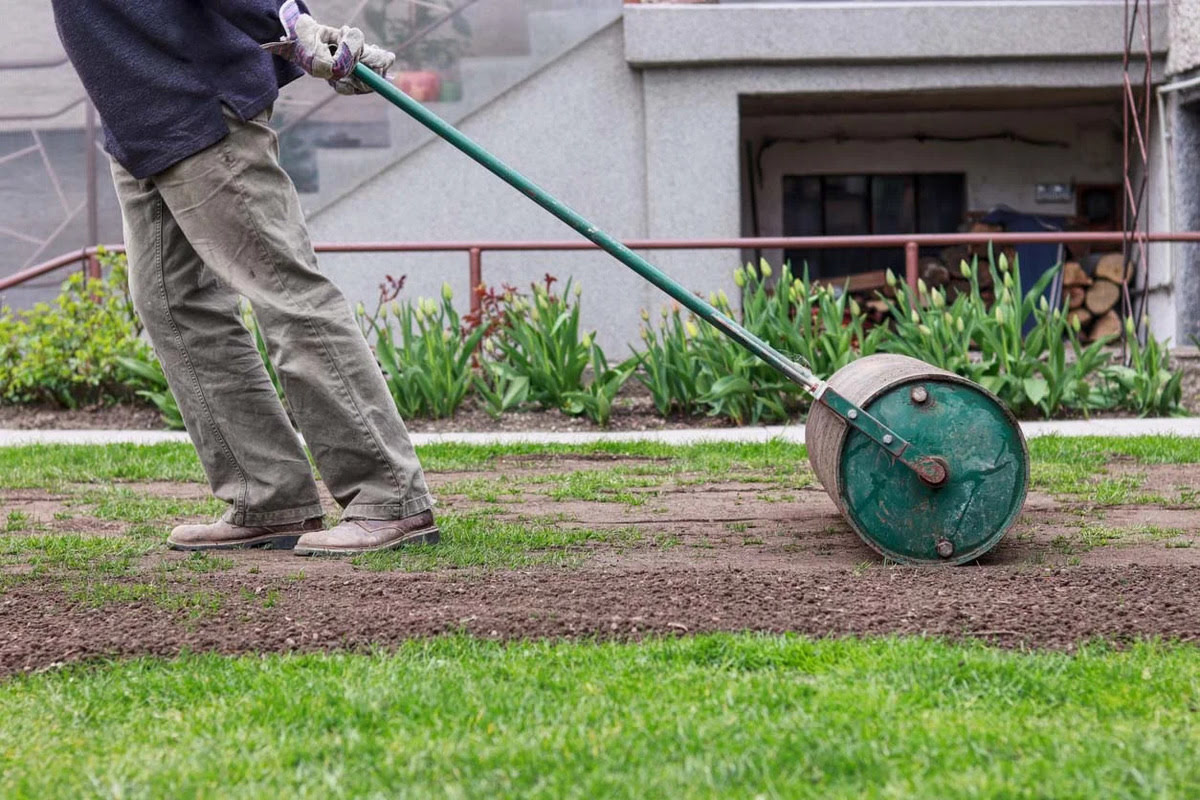

Landscaping Ideas
How To Flatten Grass Yard
Published: January 24, 2024
Learn effective landscaping ideas for flattening your grass yard and creating a smooth, inviting outdoor space. Discover expert tips and techniques for achieving a perfectly level lawn.
(Many of the links in this article redirect to a specific reviewed product. Your purchase of these products through affiliate links helps to generate commission for Storables.com, at no extra cost. Learn more)
Introduction
Welcome to the ultimate guide on transforming your uneven, bumpy grass yard into a smooth, inviting oasis. A flat and lush lawn not only enhances the aesthetic appeal of your outdoor space but also provides a conducive area for various activities, from leisurely strolls to outdoor gatherings. Whether your yard has been marred by unsightly bumps or dips due to natural settling, mole activity, or other factors, restoring its evenness can significantly elevate its charm and functionality.
Flattening a grass yard involves a series of strategic steps that, when executed with care and precision, can yield remarkable results. From clearing the area to laying sod or grass seed, each stage plays a crucial role in achieving a level and verdant expanse that you can take pride in. This comprehensive guide will walk you through the entire process, offering valuable insights and expert tips to help you achieve a flawlessly flat grass yard.
Get ready to embark on a transformative journey that will not only enhance the beauty of your outdoor space but also elevate your overall outdoor experience.
Key Takeaways:
- Transform your bumpy grass yard into a smooth oasis by clearing the area, leveling the ground, and laying sod or grass seed. Diligent care and maintenance will nurture a lush and inviting lawn.
- Flattening your grass yard involves strategic steps like compacting the soil and regular watering. Embrace the transformative journey and revel in the beauty of your revitalized outdoor space.
Read more: How To Restore Grass In Yard
Step 1: Clear the Area
Before commencing the process of flattening your grass yard, it’s essential to clear the area of any obstacles or debris that could impede the leveling process. Begin by removing any rocks, branches, or other debris scattered across the lawn. This step is crucial as it ensures a smooth and unhindered surface for the subsequent leveling and compacting procedures.
Next, address any existing vegetation that may hinder the flattening process. Trim overgrown grass and remove any weeds or unwanted plants that could interfere with the leveling of the ground. If there are shrubs or small plants in the area earmarked for flattening, consider transplanting them to a different location to preserve their vitality and contribute to the overall landscape design.
For more extensive vegetation, such as bushes or trees, evaluate whether their presence aligns with your desired lawn layout. If not, consider relocating them to create a more harmonious and functional outdoor space. However, if relocating established plants is not feasible, professional assistance may be necessary to ensure their safe removal and subsequent replanting.
By meticulously clearing the area of debris and addressing any obstructive vegetation, you set the stage for a seamless and effective flattening process. This preparatory step not only facilitates the subsequent procedures but also contributes to the overall health and vitality of your revitalized grass yard.
Step 2: Level the Ground
Once the area is cleared, the next pivotal step in flattening your grass yard is to meticulously level the ground. Uneven terrain can detract from the visual appeal and functionality of your lawn, making this step instrumental in achieving a smooth and inviting outdoor space. To begin, assess the topography of the area and identify the high and low spots that contribute to the unevenness.
Using a shovel, garden rake, or a specialized leveling tool, carefully redistribute the soil from the high points to fill in the low areas. This process demands patience and precision to ensure that the ground is uniformly leveled without creating new uneven patches. As you work through this step, periodically step back to assess the progress and make any necessary adjustments to achieve a consistent and level surface.
In cases where the unevenness is more pronounced, employing a lawn roller or a water-filled lawn roller can aid in compacting the soil and further leveling the ground. By systematically rolling the area, you can effectively compress the soil, reducing unevenness and creating a more uniform surface for the subsequent steps of the flattening process.
It’s important to note that achieving a perfectly level lawn may be challenging, especially in areas with complex topography or significant undulations. However, the goal is to attain a reasonably even surface that is conducive to various outdoor activities and visually appealing. Embracing the natural contours of the land while striving for improved evenness can yield a harmonious blend of functionality and aesthetic allure.
By diligently leveling the ground, you lay the groundwork for a beautifully flat and inviting grass yard that beckons for leisurely strolls and outdoor enjoyment.
Step 3: Compact the Soil
After leveling the ground, the next critical phase in the process of flattening your grass yard involves compacting the soil to enhance its stability and uniformity. Soil compaction is essential for minimizing future settling and promoting a firm, resilient foundation for your revitalized lawn. This step is particularly vital in ensuring the longevity and durability of the flattened surface.
To effectively compact the soil, utilize a lawn roller or a plate compactor, both of which are adept at exerting uniform pressure across the surface. By systematically rolling or compacting the soil, you enhance its density and reduce the likelihood of future depressions or unevenness. This process also helps to eliminate air gaps within the soil, fostering a more solid and stable foundation for the subsequent stages of the flattening process.
When compacting the soil, it’s crucial to approach the task methodically, ensuring that the entire area receives consistent pressure to achieve uniform compaction. Pay particular attention to areas that were previously prone to unevenness, as thorough compaction in these regions is pivotal for creating a level and resilient surface.
While compacting the soil, it’s important to strike a balance between achieving firmness and avoiding excessive compaction, which can hinder the soil’s ability to support healthy grass growth. Carefully monitor the progress and adjust the compaction intensity as needed to maintain an optimal balance that promotes stability without compromising the soil’s capacity to foster vibrant grass growth.
By diligently compacting the soil, you establish a robust and uniform foundation that underpins the flat and inviting expanse of your revitalized grass yard. This crucial step fortifies the ground, setting the stage for the successful establishment of a lush and resilient lawn.
To flatten a grass yard, use a lawn roller or a heavy board to press down any uneven areas. Water the area before rolling to help the grass recover.
Step 4: Lay Sod or Grass Seed
With the ground meticulously leveled and compacted, the next pivotal step in the journey to a flat grass yard involves laying sod or sowing grass seed to establish a verdant and uniform lawn surface. This phase marks the transformation of the prepared ground into a lush and inviting expanse that beckons for outdoor enjoyment and leisurely pursuits.
If you opt for sod, select high-quality turf that aligns with the climatic conditions and soil type of your region. Carefully lay the sod in a staggered pattern, ensuring that the seams are tightly knit to create a seamless and cohesive lawn surface. As you lay the sod, gently press it into the compacted soil to promote strong root-to-soil contact, facilitating robust establishment and growth.
Alternatively, if you choose to sow grass seed, ensure that the selected variety is well-suited to the sunlight exposure and soil composition of your yard. Evenly distribute the grass seed across the prepared ground, following the recommended seeding density for optimal coverage. Once sown, lightly rake the soil to cover the seeds, fostering favorable conditions for germination and subsequent growth.
Following the laying of sod or seeding of grass, thoroughly water the area to promote initial root establishment and encourage the seeds to germinate. Adequate moisture is crucial for the successful establishment of both sod and grass seed, so be diligent in maintaining optimal soil moisture levels during the critical early stages of growth.
As the sod takes root or the grass seed germinates and flourishes, your once uneven and bumpy grass yard begins its remarkable transformation into a smooth, verdant expanse that embodies the allure of a well-maintained lawn. Embrace this phase as the culmination of your efforts, as the revitalized grass surface emerges to redefine the outdoor charm of your surroundings.
Read more: How To Re-Grass A Yard
Step 5: Water and Maintain
As your newly laid sod or freshly sown grass seed takes root and begins to flourish, the final phase of the flattening process entails diligent watering and ongoing maintenance to nurture the burgeoning lawn to its full potential. Consistent and attentive care during this crucial stage is instrumental in fostering robust growth and ensuring the long-term vitality of your revitalized grass yard.
Upon laying sod or sowing grass seed, it’s imperative to establish a regular watering routine to provide essential moisture for root development and overall plant health. Keep the soil consistently moist, but avoid overwatering, which can impede root establishment and invite potential issues such as fungal diseases. As the lawn matures, gradually transition to a deeper but less frequent watering schedule to encourage strong root growth and resilience.
Regular maintenance practices, including mowing, fertilizing, and addressing potential weed growth, are essential for nurturing a healthy and vibrant lawn. Mow the grass at the recommended height for your specific grass type, ensuring that the blades are sharp to promote clean cuts and minimize stress on the plants. Additionally, incorporate a well-balanced fertilizer regimen to provide the necessary nutrients for vigorous growth and vibrant greenery.
Keep a vigilant eye on the lawn for signs of potential issues, such as pest infestations, diseases, or nutrient deficiencies, and promptly address any concerns to maintain the lawn’s optimal health and appearance. Proactive care and timely interventions can mitigate potential challenges, preserving the beauty and uniformity of your newly flattened grass yard.
Embrace the opportunity to engage with your lawn, nurturing it through attentive care and fostering its transformation into a resilient and visually captivating outdoor expanse. As you witness the fruits of your labor unfold in the form of a lush and inviting grass yard, take pride in the dedication and care that have contributed to its remarkable revival.
Conclusion
Congratulations on embarking on the transformative journey of flattening your grass yard. Through meticulous planning, strategic execution, and dedicated care, you have revitalized your outdoor space, transcending unevenness and imperfections to unveil a smooth and inviting lawn. As you reflect on the comprehensive process that has led to this remarkable metamorphosis, take pride in the dedication and attention to detail that have culminated in the creation of a visually captivating and functional outdoor oasis.
Your commitment to clearing the area, leveling the ground, compacting the soil, and establishing a lush lawn surface has yielded a space that beckons for leisurely strolls, outdoor gatherings, and moments of tranquil repose. The harmonious blend of form and function that defines your revitalized grass yard speaks to the transformative power of strategic landscaping and attentive care.
As you revel in the allure of your newly flattened grass yard, embrace the ongoing journey of maintenance and care, nurturing the burgeoning lawn to its full potential. Through regular watering, meticulous maintenance practices, and proactive vigilance, you can sustain the vibrancy and uniformity of your revitalized lawn, ensuring that it remains a source of pride and enjoyment for years to come.
This journey to a flat and inviting grass yard is a testament to the transformative impact of thoughtful landscaping and dedicated care. As you bask in the beauty of your revitalized outdoor space, may it serve as a testament to the remarkable results that can be achieved through perseverance, vision, and a deep-rooted appreciation for the natural splendor that surrounds us.
Embrace the enchanting allure of your meticulously flattened grass yard, and let it stand as a testament to the transformative power of dedicated care and strategic landscaping.
Frequently Asked Questions about How To Flatten Grass Yard
Was this page helpful?
At Storables.com, we guarantee accurate and reliable information. Our content, validated by Expert Board Contributors, is crafted following stringent Editorial Policies. We're committed to providing you with well-researched, expert-backed insights for all your informational needs.
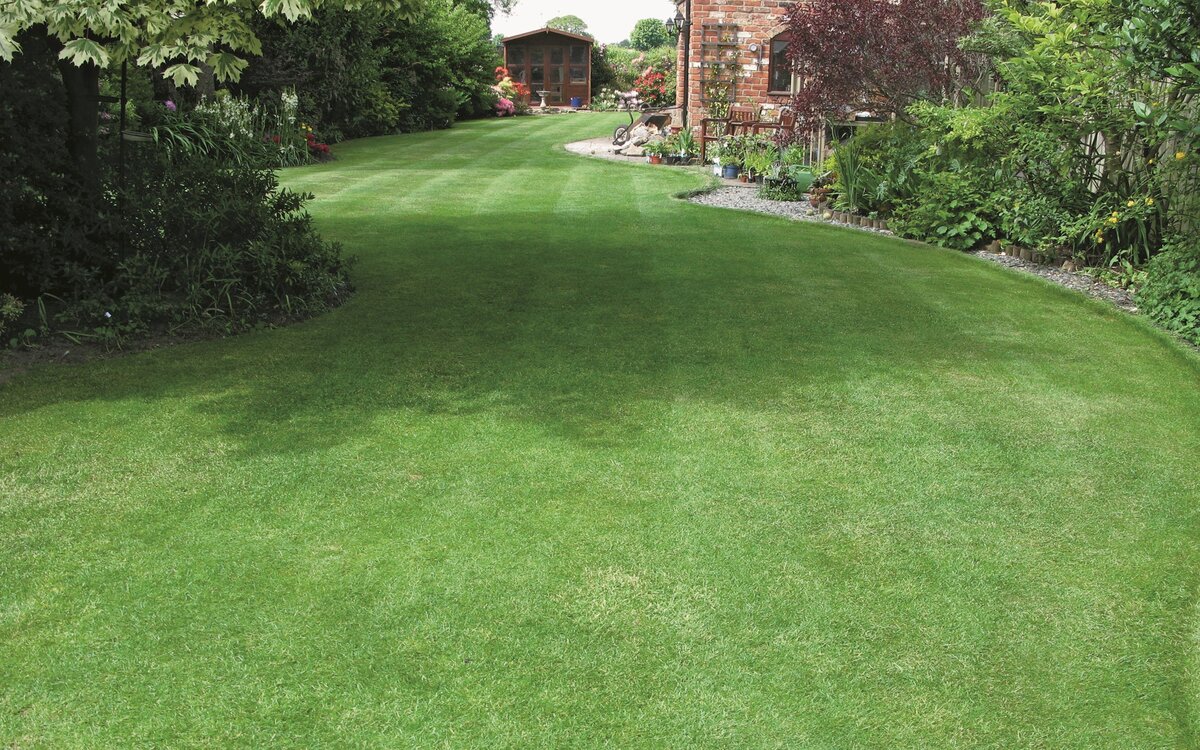

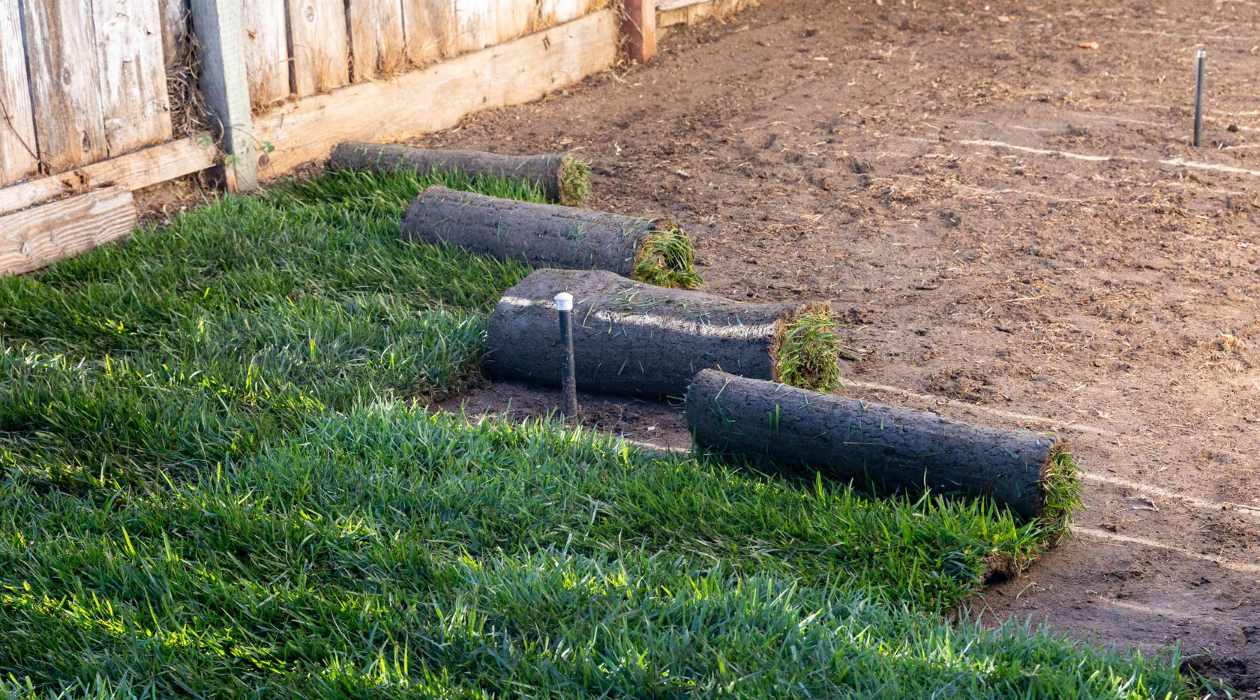
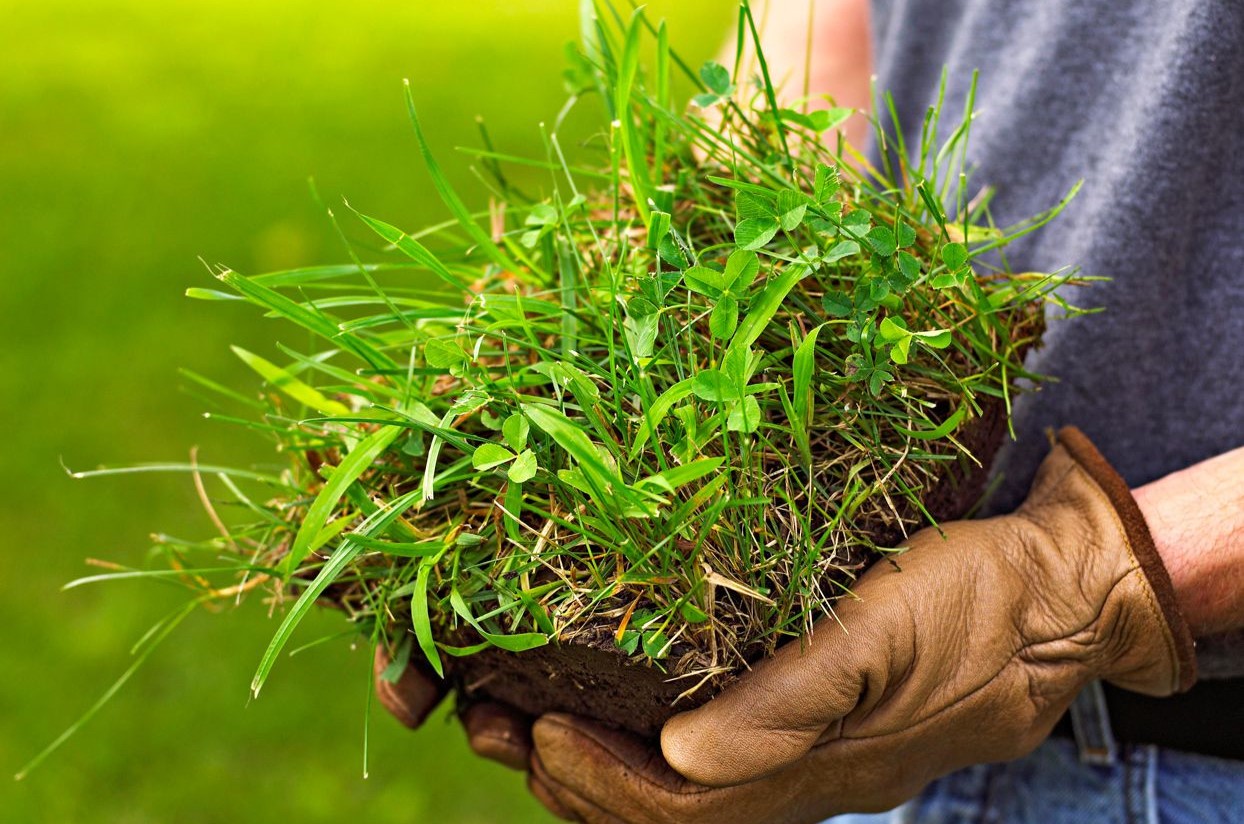
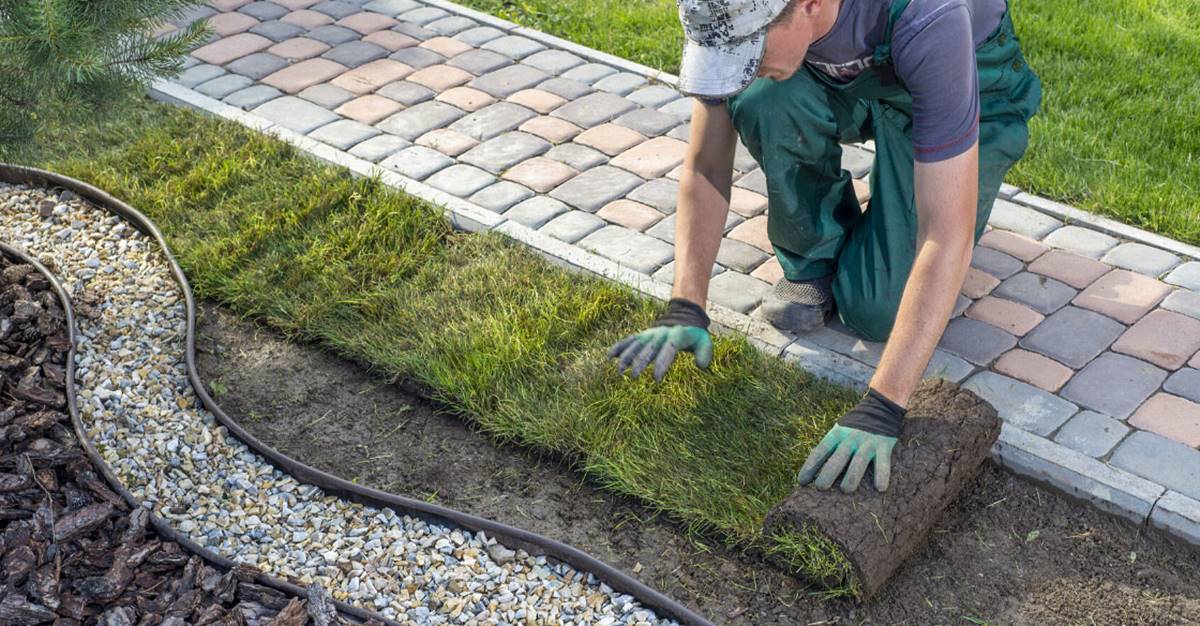
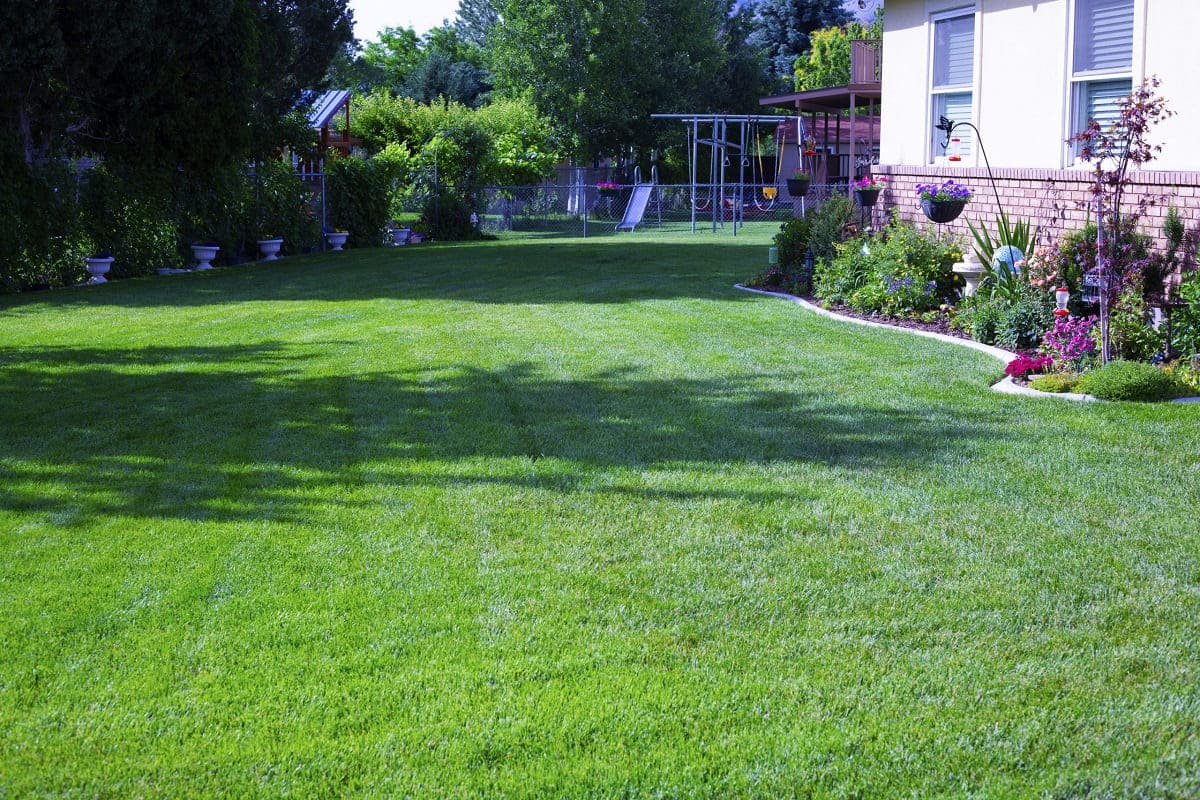
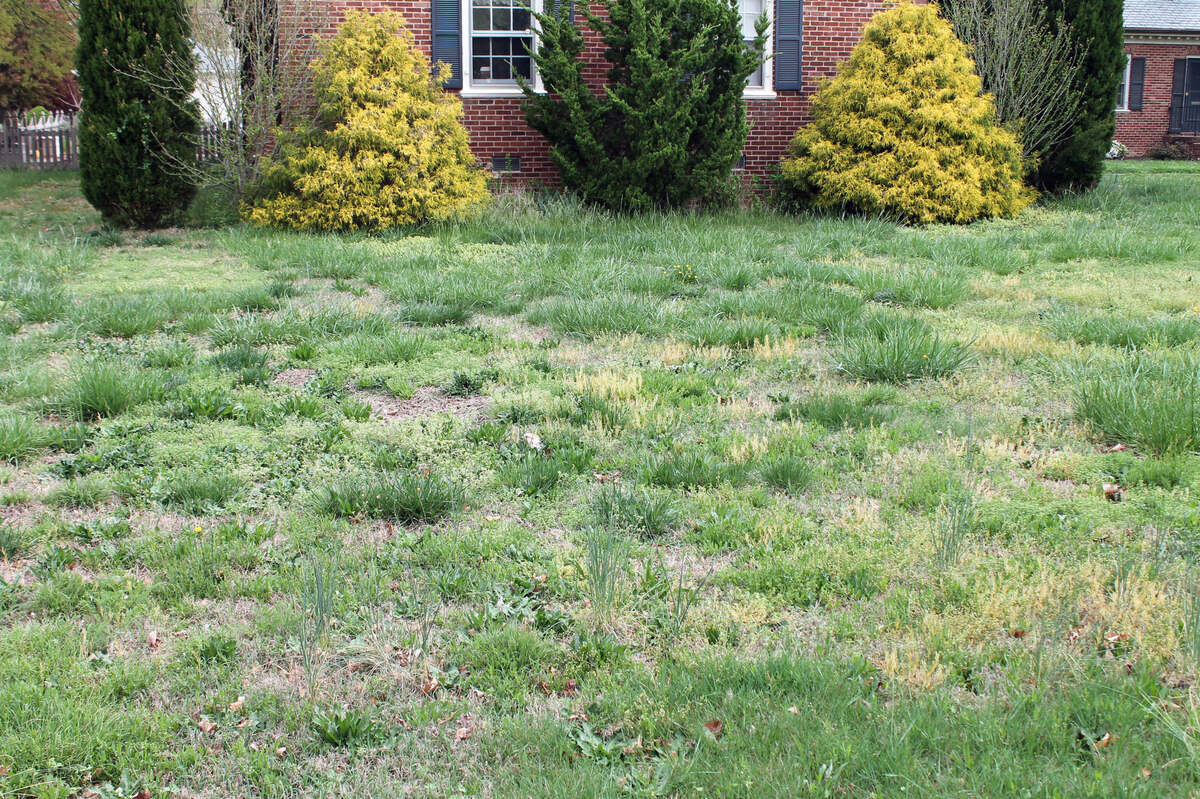
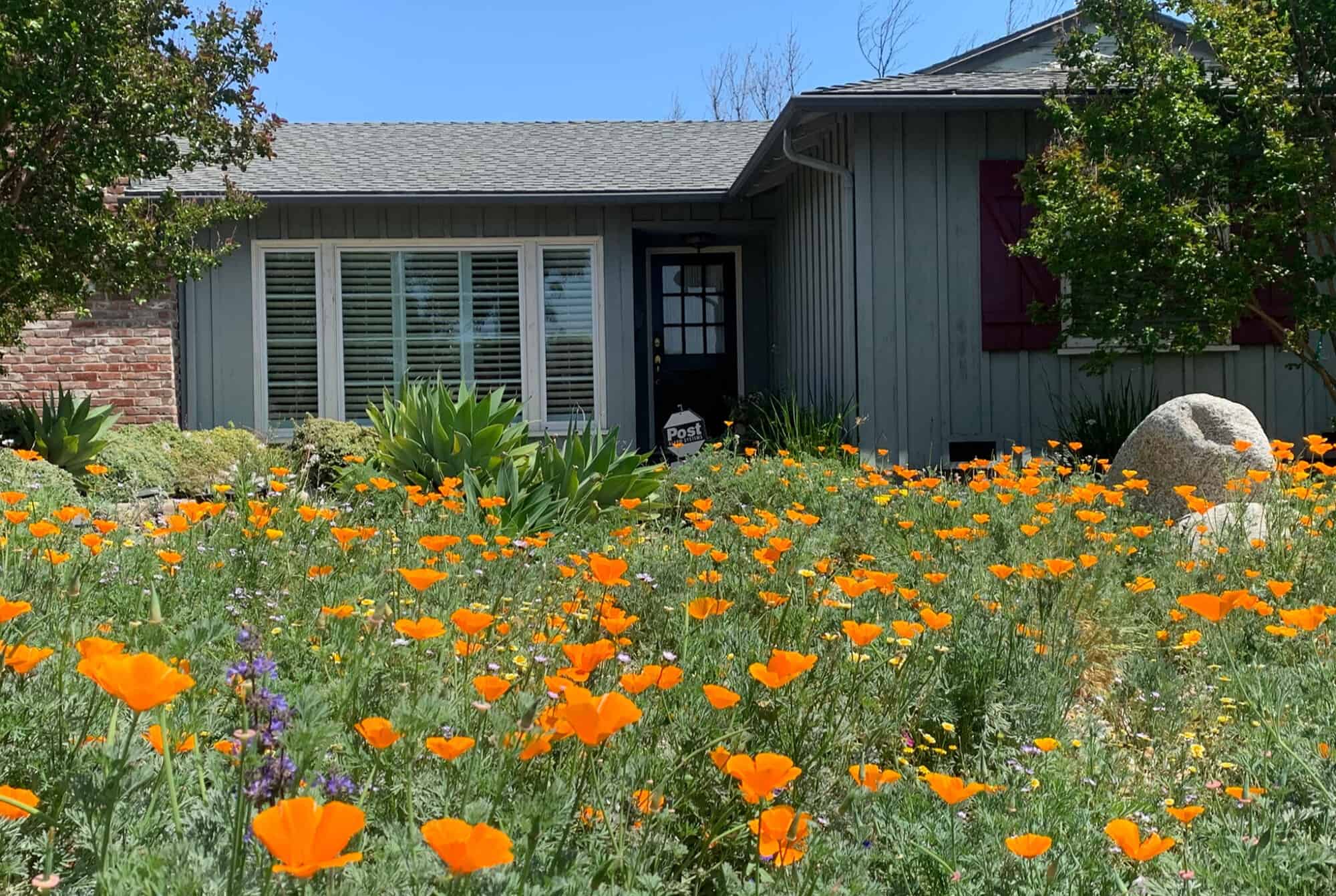
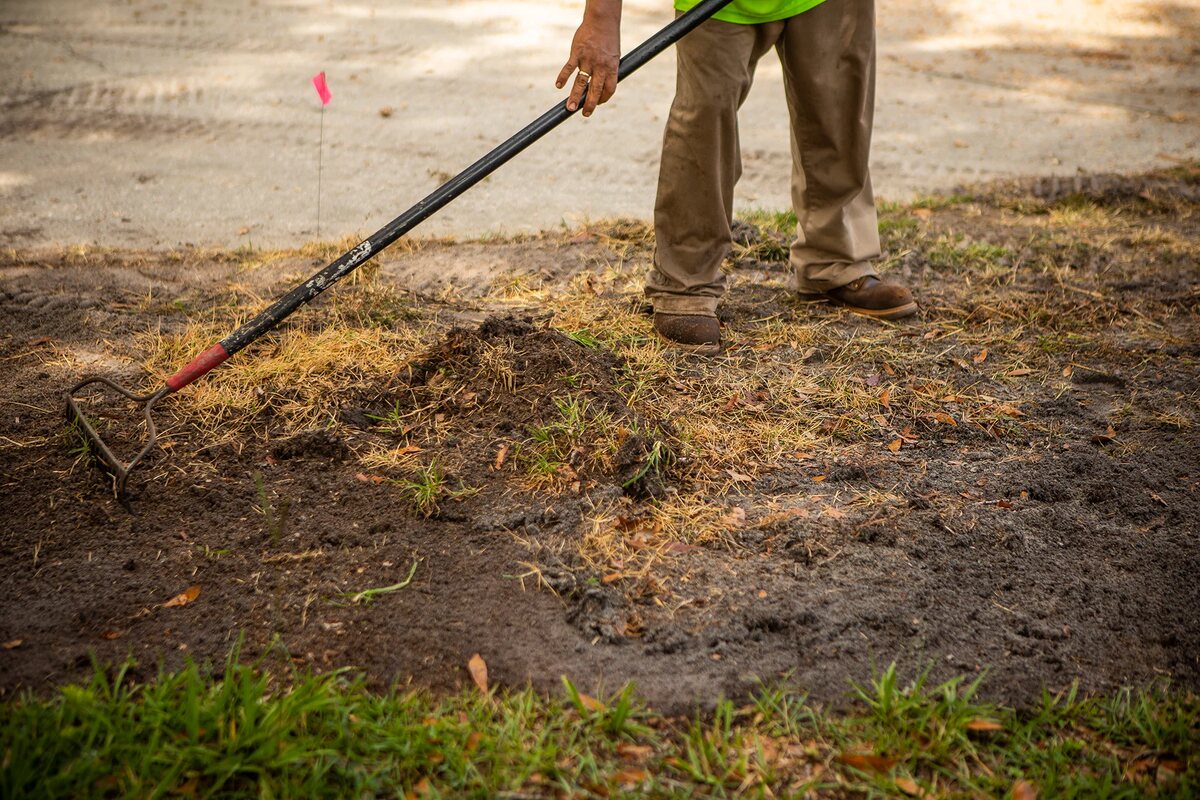
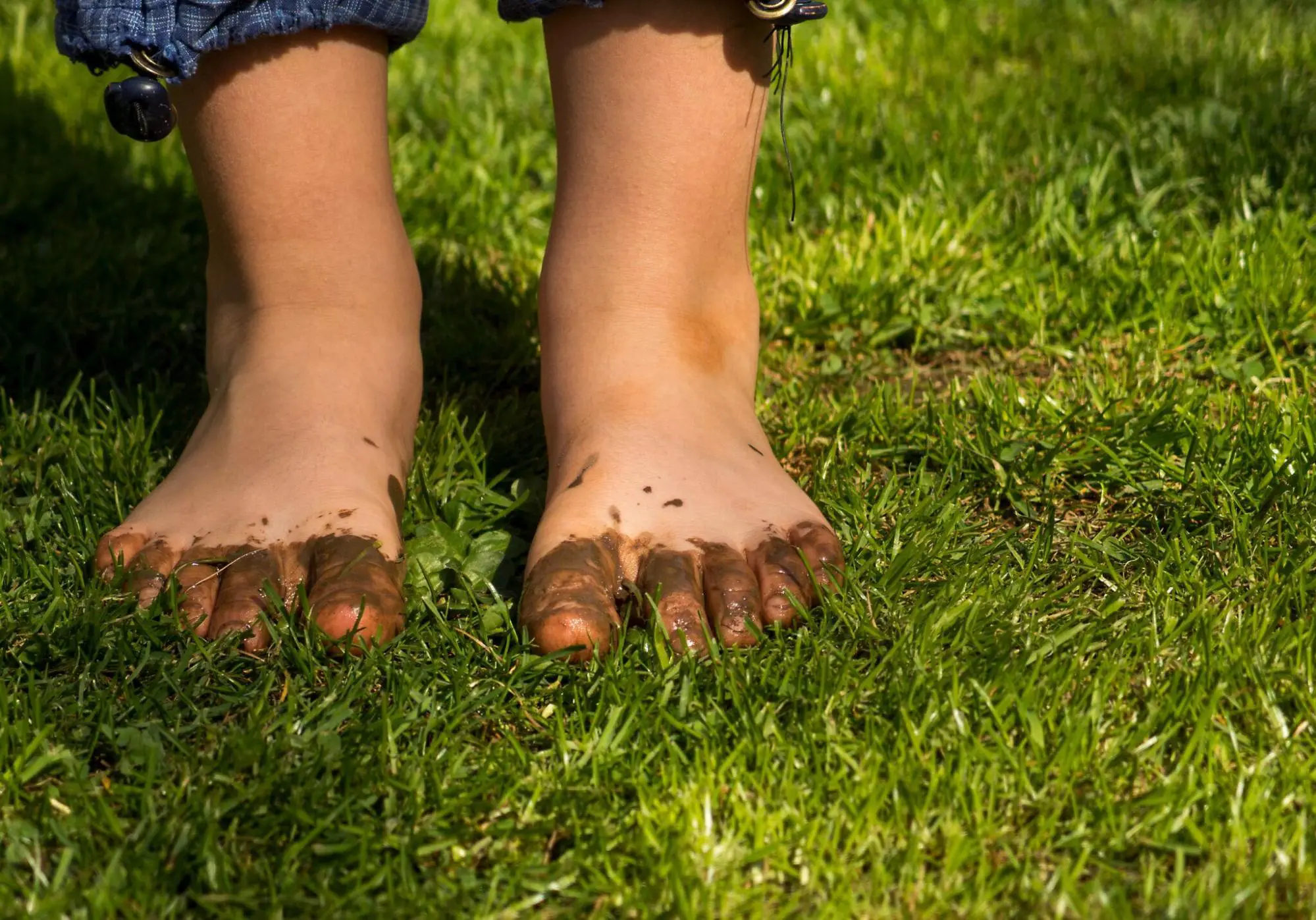
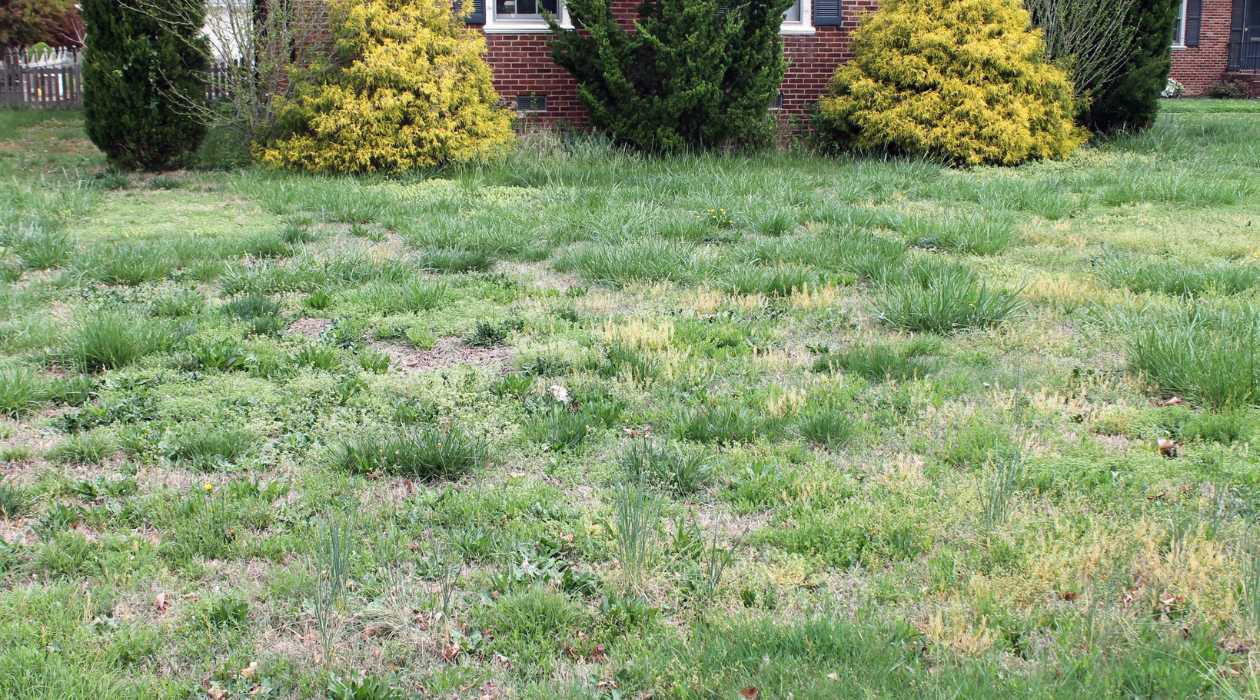
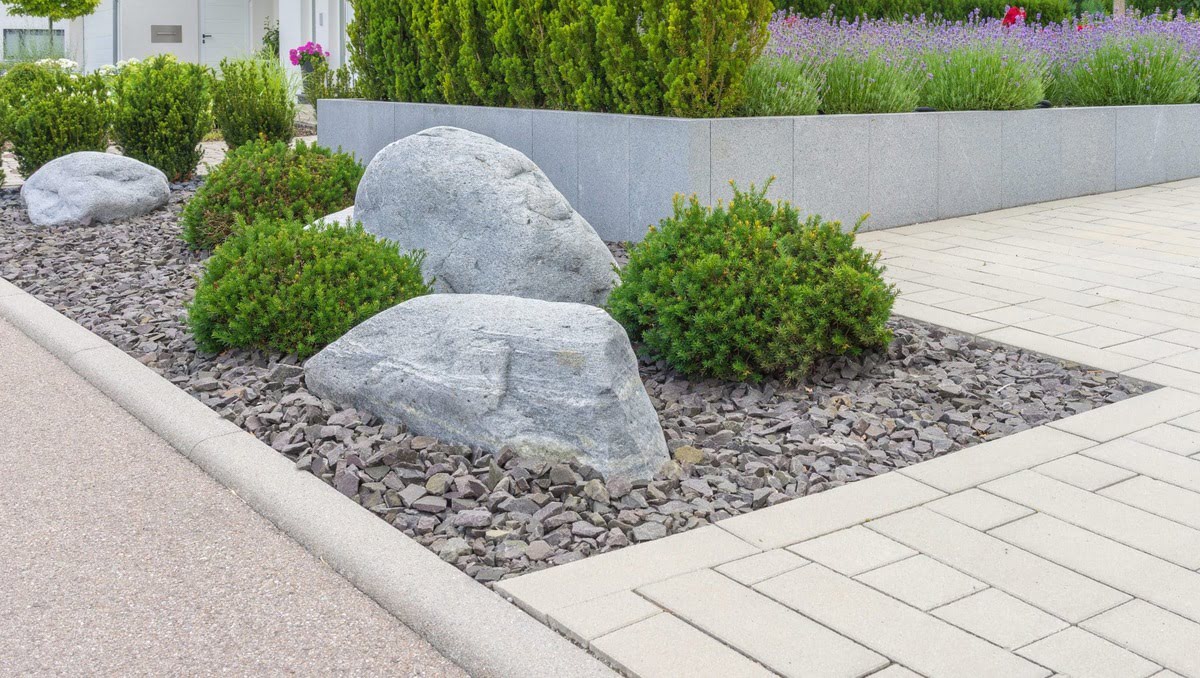
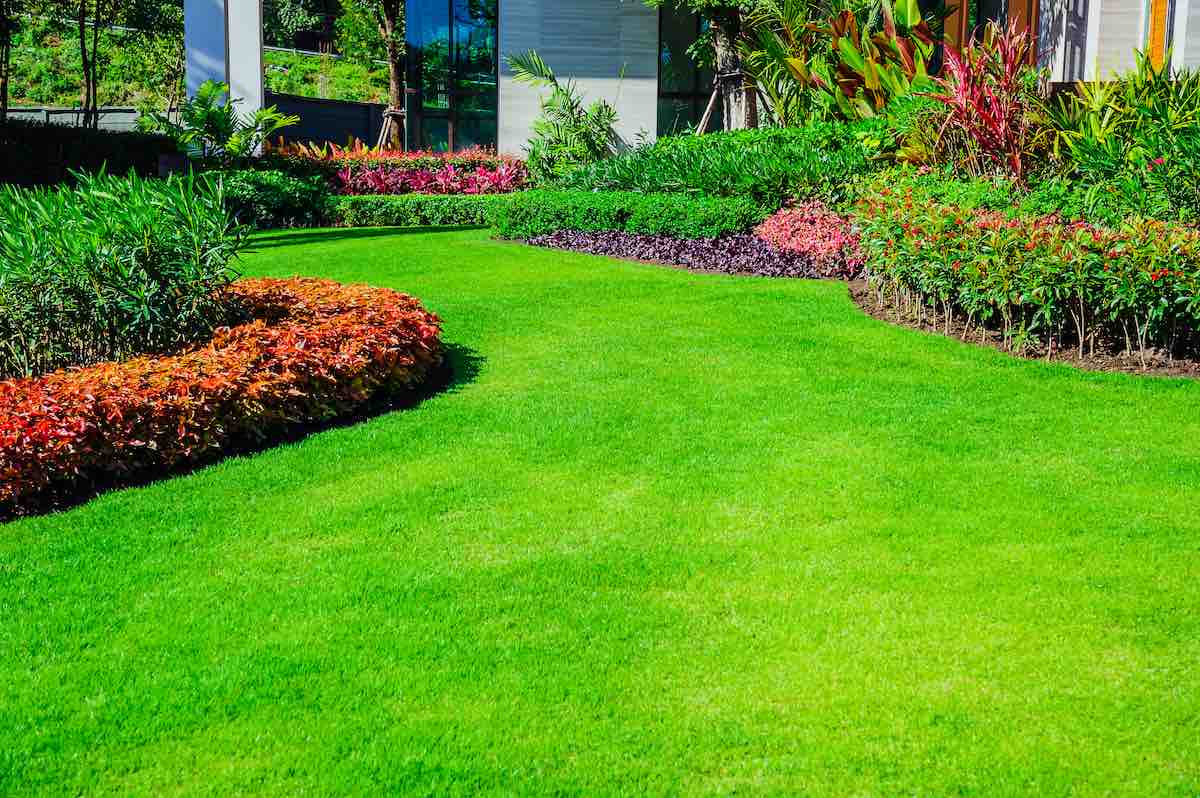
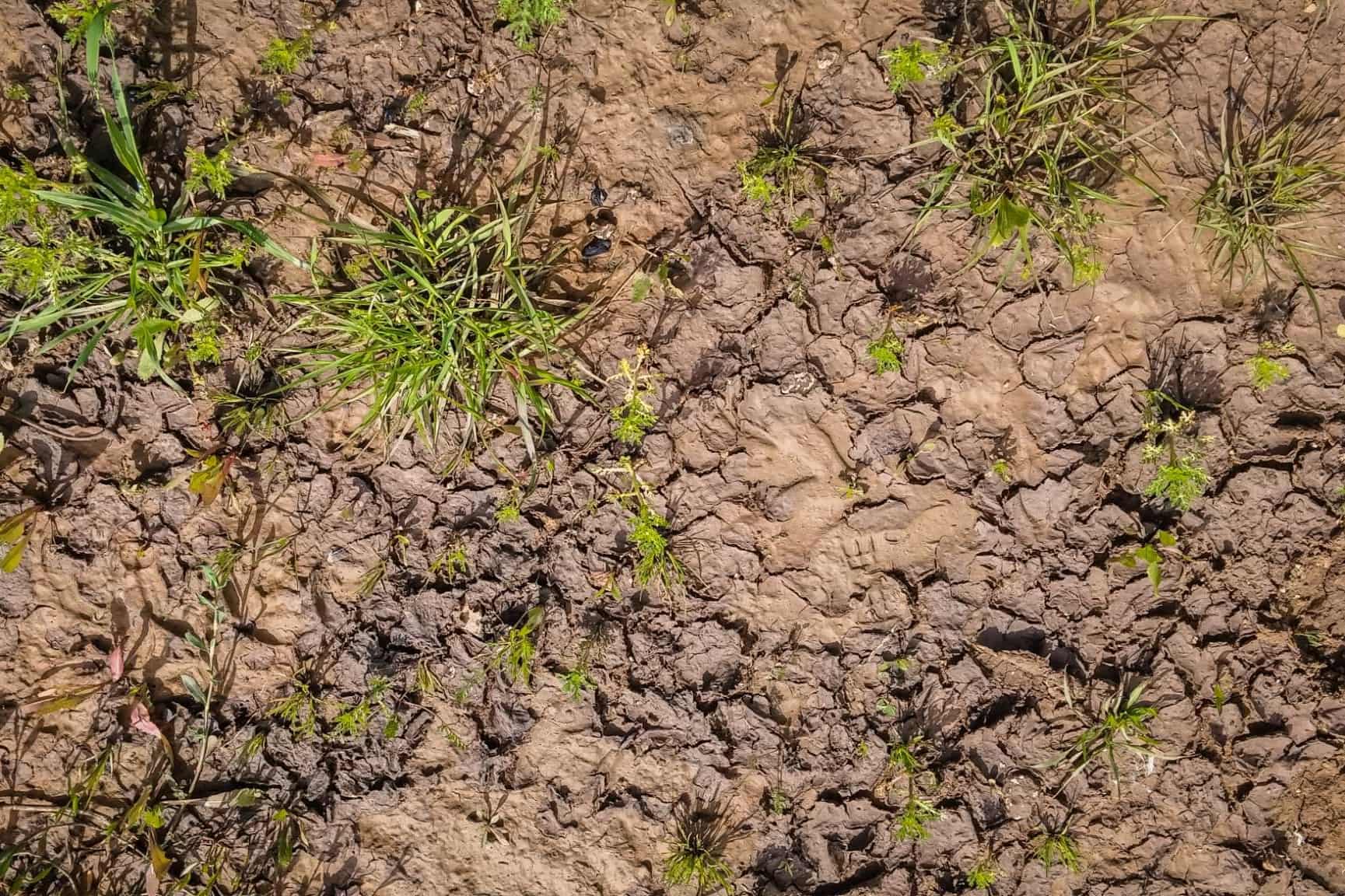

0 thoughts on “How To Flatten Grass Yard”